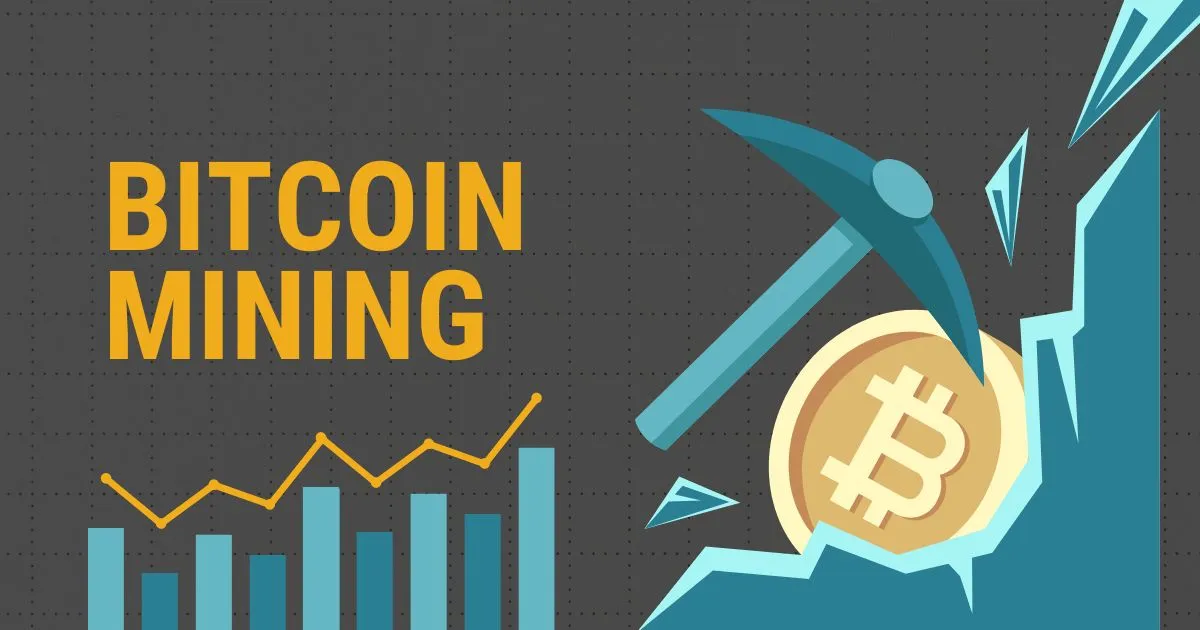Quick Links
The most anticipated event in the crypto domain was the recent bitcoin Halving that occurred on May 11, 3:21 p.m EST. Bitcoin miners who boasted 12.5 BTC per block will now earn only 6.25 which is reduced substantially from the former 50 BTC per block in the first 4 years of bitcoin’s history. With a total of 18,377,745 BTC existing at the time of writing and with a wealth of $176,981,341,443 USD, bitcoin has finally halved while the world gazes at the next move of the miners. Let’s find out the ways bitcoin could be affected past this Halving and what does the future bring?
The Impact
The number of bitcoins mined on a daily basis amounted to about 1800 and it will fall to around 900 past the Halving event. It is not just the number of bitcoins that will fall but the miner’s fee too will be slashed in half. Some crypto proponents argue that the decrease in the rate of bitcoin creation will tighten the supply and can lead to a bullish market and an increased price per unit.
This is somehow unlikely as there are certain factors at play that will surely affect the bitcoin ecosystem by a great degree.
Bitcoin Hashrate has declined quite a bit after the Halving and miners experienced a slight uptick in the total transactions occurring on the bitcoin blockchain to subsidize miners revenue for at least sometime around this Halving.
The last 12.5 block was mined by F2pool and Antpool claimed the very first 6.25 block. The first bitcoin Halving occurred on Nov. 12, 2012, and was mined by Slushpool whereas the second Halving Halving took place in July 2016 and mined by F2pool.
Read on to learn why it is unlikely for the bitcoin to gain momentum especially when the miner fee is reduced to half, though it is also plausible that this could be the turning point in the bitcoin’s history to shoot past the $10,000 mark and never look back.
The transaction fees nearly doubled since the Halving from fraction to more than one bitcoin, but it eventually settled back to the pre-Halving levels.
The race to sustainability
The next Halving is scheduled to occur in 2024 wherein the current reward structure will again be chopped in half to 3.125 BTC and here’s where things might go a bit panicky.
Bitcoin mining is a huge feat especially since its Hashrate has reached insane highs to about 115 million TH/S. That’s about a 91.14 Exa H/S of power concentrated on mining pools all around the world of which China alone constitutes more than 60% of it.
Bitcoin mining will continue to get expensive over the years as the power increases with lesser room for profits. In order for bitcoin to sustain itself and the miners, it has to surpass its own records and break the $10,000 barrier and stay there. If it fails to do so before the 4th Halving, things might go in the opposite direction as profitability will be at a record lowest and miners will be left with no option but to quit unless bitcoins provide them with a huge value in each unit awarded.
For instance, if one bitcoin unit reaches around the $15,000–25000 mark, it still may be able to help miners make profits as opposed to below $15,000, a major chunk of which would have been exhausted by miners for rig maintenance and electricity. This may not impact enterprise miners much but it will surely break the back of small-scale miners who have to rely on electricity and have no access to other power sources as larger corporations do.
The Disorderly Story of Bitcoin Statistics
As opposed to the never-ceasing printing of fiat currencies the rate of the creation of new bitcoins will keep decreasing. It is now up to the interest of the crypto users to keep it alive by increasing demand or bitcoin will likely fail due to the following reasons:
- Huge mining power, costly powerful mining hardware, and lower block rewards will deter new miners.
- Investors will flock away to other crypto assets either bitcoins being too expensive
- Investors wouldn’t consider buying bitcoin even if the values fall since miners are no longer interested in mining
- Power concerns will likely be the final nail in the coffin as hefty costs will follow and will also lead to increased carbon emissions
You can also read our pre-Halving report on our dashboard at tradedog.io
https://twitter.com/TradeDOG1/status/1257674627909910534
Apart from the Halving report, you can also find other market research reports that have impacted the way a certain crypto asset performed in a given timeframe. Visit our other social channels to find credible market insights and reports on market trends, analysis and more.
The much-anticipated news regarding bitcoin going to the moon and settling at $20,000-$50,000 and some absurd speculations signifying bitcoin to reach as high as $200,000 is highly unlikely due to the current circumstances bitcoin is in. So in order for bitcoin to thrive with full support from the crypto enthusiasts, it will have to see widespread adoption, an increase in price per unit, and keep the miners interested.
Bitcoin also has to fight the reported fake volumes in the exchange ecosystem that pose a deep impact on how other coins are traded. The public perception and stats from the leading data aggregators have revealed that the bitcoin ecosystem is highly influenced by fake trading volumes that surpasses the credible data of even the top most popular crypto exchanges.
CoinMarketCap.com, the leading and the most cited source for market stats, has been allegedly wrong. It includes a large amount of fake and/or non-economic trading volume, thereby giving a mistaken impression of the true size and nature of the bitcoin market as revealed in the research conducted by Bitwise Asset Management: Analysis of Real Bitcoin Trade Volumes after they pulled data from 81 crypto exchanges.
What’s in for bitcoin ahead?
The previous two Halvings may have triggered a bull run but it may not seem likely to happen here as well. The bitcoin market is up by 20% since the Halving and is showing positive signs and a confident stance. Bitcoin should go for another bull run if it intends to survive because another bearish trend will affect miners and buyers seriously. Bitcoin will not see a dramatic increase in its price, not at least in the foreseeable future due to the factors we mentioned above.
The coronavirus pandemic though has had a strong correlation with the traditional markets in 2020 Q1. Exchanges throughout the world reported more trading volumes and signups which added another beneficial outlook on the crypto ecosystem since other traditional markets fell violently and investors panic sold their assets. This increasing interest from the traditional space can help bitcoin emerge as a victor if the demand increases. Bitcoin scarcity can make it a potential hedge against fiat currencies especially when fiat currencies are prone to devaluation in a crisis. Crypto, on the other hand, has shown that it cannot be influenced by such factors and will continue to thrive.
Adam Traidman, CEO and co-founder of BRD, a digital wallet for cryptocurrencies said “The halving is a temporal and technical event that has no bearing on bitcoin’s long-term value,”
Miners will have to struggle with their block rewards, difficulty adjustments and maintenance until the 2024 Halving which will turn the reward amount to a mere 3.125 Bitcoins. Speculation and anticipation will only add uncertainty and doubts in the upcoming days. Until then bitcoin really needs to rally to a new peak and stay there to gain the much-needed traction.
Note: All figures are based on market readings at the time of writing, as this is a market domain, the figures may change significantly.












